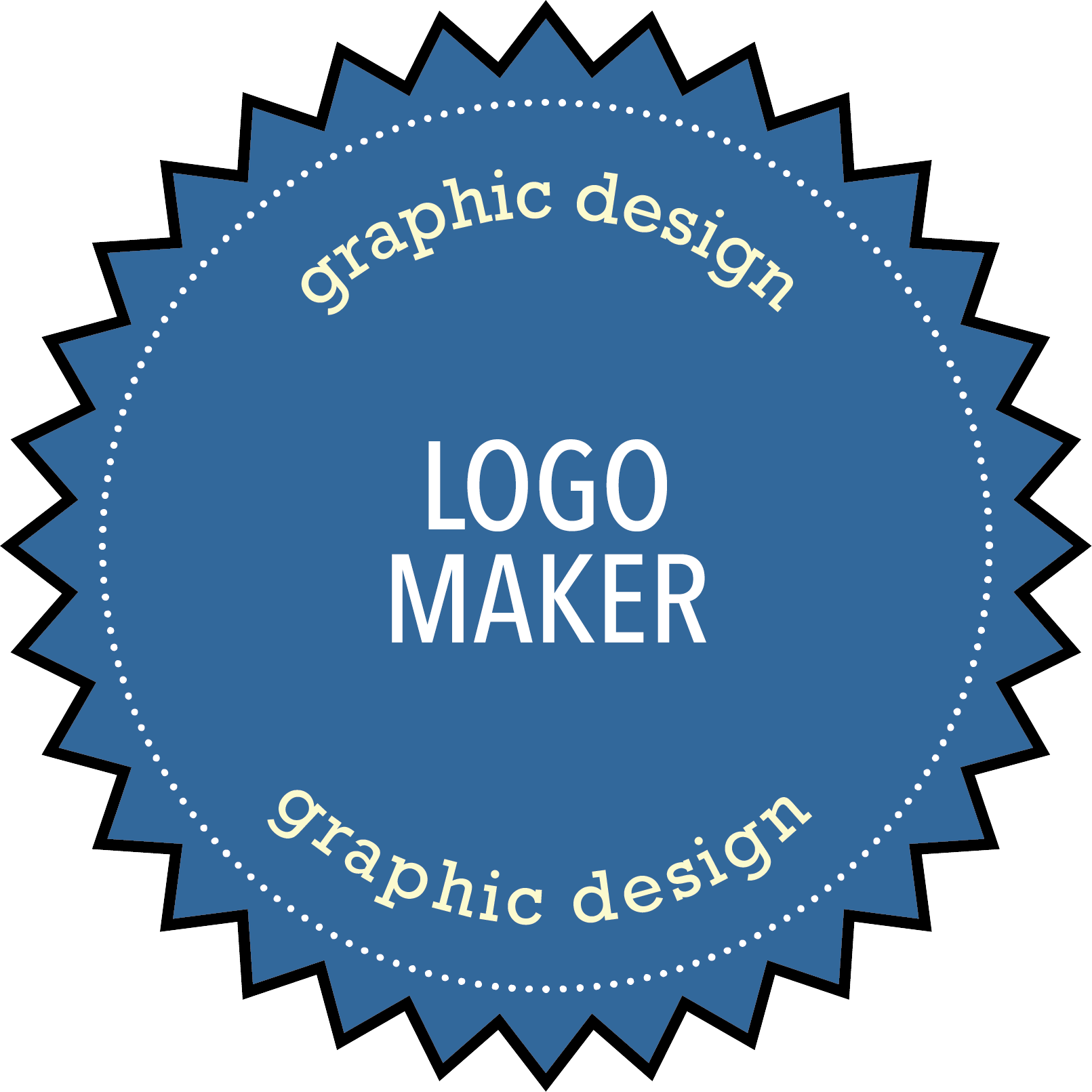
Graphic Design
Logo Maker
Karl Lagerfeld once noted that "logos and branding are so important. In a big part of the world, people cannot read French or English--but are great in remembering signs." In fact, a branding survey discussed in Fast Food Nation found that 88% of the world's population recognizes the Mcdonald's golden arches, but just slightly more than half (54%) recognize the Christian cross. (Note: This claim has all the hallmarks of an urban myth, so take it with a grain of salt.)
Some logos are brilliant. Other logos... well, not so much. To earn this badge, you will review the basics of logo design and create your own original logo. This logo might be for a hypothetical client, for an organization on campus, or for your own business.
BADGE DELIVERABLES
- First, identify a client. This project will need to revolve around some sort of client, whether real or hypothetical. Specifically, for whom do you plan to create this logo?
- Work through the first five chapters of Nigel French's "Logo Design Techniques" on Lynda.Com. This includes: "What makes a good logo," "Exploring type variables," "Type treatments," "Designing with simple shapes," and "Logo motifs."
- After completing the first five chapters of the Lynda Tutorial, you should consult David Airey's Logo Design Love on TLEARN. Specifically, you should focus on "Chapter 1. No escape," "Chapter 2. It's the stories we tell," "Chapter 3. Elements of iconic design," and "Chapter 11. 25 practical logo design tips."
- Skim the articles in the useful resources section at the bottom of this page. These are all short, readable pieces written by successful graphic designers.
- Start thinking about your client. What sorts of business does she have? Who is she trying to reach? In what situations will this logo be used?
- Synthesize what you've learned during the previous steps to create your own logo. The final deliverable includes the logo and a 600-word memo from you to your client. This memo should explain the logo's underlying design rationale, making reference to what you learned from Airey and French.
- If you have never written a professional memo, you should search for examples of common memo formats. (Or, feel free to e-mail Dr. Delwiche with questions about how your memo should be formatted.) The memo should be written in a professional tone, as if you were explaining design principles to a client. Avoid first-person.
- Post the memo on your personal blog, and include examples of the logo in the blog posting. When finished, send a message titled "Pending: Logo Maker" to adelwich@trinity.edu and include a hyperlink to your blog posting.
USEFUL RESOURCES
- Jacob Cass (2009) "Vital tips for effective logo design," Smashing Magazine, August 26.
- Maggie Mcnab (2015) "Effective logo design, part 1: Symbols, metaphors, and the power of intuition," Smashing Magazine, June 5.
- Maggie Mcnab (2015) "Effective logo design, part 2: Using nature's patterns in logo design," Smashing Magazine, June 12.
- Maggie Mcnab (2015) "Effective logo design, part 3: How geometry influences logo design," Smashing Magazine, June 23.
- Gareth Hardy (2009) "10 common mistakes in logo design," Smashing Magazine, June 25.